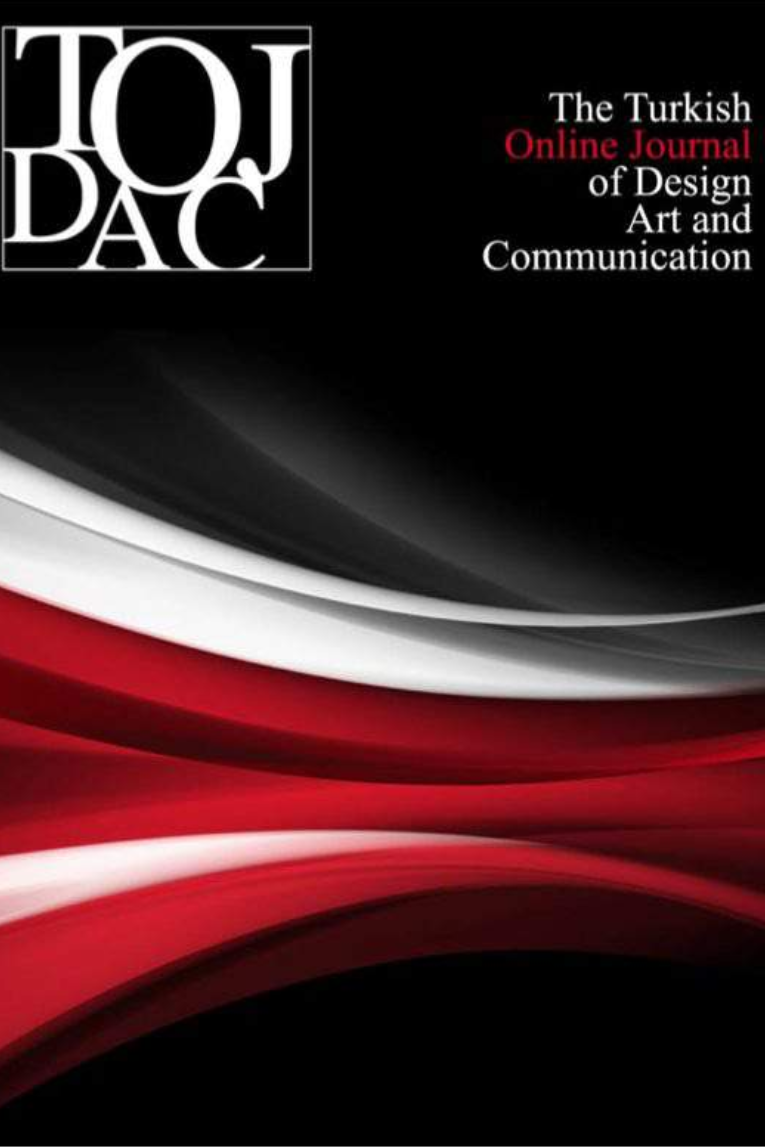A STUDY ON SOCIAL MEDIA USE TENDENCIES: THE CASE OF ERZİNCAN BİNALİ YILDIRIM UNIVERSITY
<!--
/* Font Definitions */
@font-face
{font-family:"MS Mincho";
panose-1:2 2 6 9 4 2 5 8 3 4;
mso-font-alt:"MS 明朝";
mso-font-charset:78;
mso-generic-font-family:auto;
mso-font-pitch:variable;
mso-font-signature:1 134676480 16 0 131072 0;}
@font-face
{font-family:"Cambria Math";
panose-1:2 4 5 3 5 4 6 3 2 4;
mso-font-charset:0;
mso-generic-font-family:roman;
mso-font-pitch:variable;
mso-font-signature:-536870145 1107305727 0 0 415 0;}
@font-face
{font-family:Calibri;
panose-1:2 15 5 2 2 2 4 3 2 4;
mso-font-charset:0;
mso-generic-font-family:swiss;
mso-font-pitch:variable;
mso-font-signature:-536859905 -1073732485 9 0 511 0;}
/* Style Definitions */
p.MsoNormal, li.MsoNormal, div.MsoNormal
{mso-style-unhide:no;
mso-style-qformat:yes;
mso-style-parent:"";
margin-top:0cm;
margin-right:0cm;
margin-bottom:10.0pt;
margin-left:0cm;
line-height:115%;
mso-pagination:widow-orphan;
font-size:11.0pt;
font-family:"Calibri",sans-serif;
mso-ascii-font-family:Calibri;
mso-ascii-theme-font:minor-latin;
mso-fareast-font-family:"MS Mincho";
mso-fareast-theme-font:minor-fareast;
mso-hansi-font-family:Calibri;
mso-hansi-theme-font:minor-latin;
mso-bidi-font-family:"Times New Roman";
mso-bidi-theme-font:minor-bidi;}
.MsoChpDefault
{mso-style-type:export-only;
mso-default-props:yes;
font-size:11.0pt;
mso-ansi-font-size:11.0pt;
mso-bidi-font-size:11.0pt;
font-family:"Calibri",sans-serif;
mso-ascii-font-family:Calibri;
mso-ascii-theme-font:minor-latin;
mso-fareast-font-family:"MS Mincho";
mso-fareast-theme-font:minor-fareast;
mso-hansi-font-family:Calibri;
mso-hansi-theme-font:minor-latin;
mso-bidi-font-family:"Times New Roman";
mso-bidi-theme-font:minor-bidi;}
.MsoPapDefault
{mso-style-type:export-only;
margin-bottom:10.0pt;
line-height:115%;}
@page WordSection1
{size:612.0pt 792.0pt;
margin:70.85pt 70.85pt 70.85pt 70.85pt;
mso-header-margin:35.4pt;
mso-footer-margin:35.4pt;
mso-paper-source:0;}
div.WordSection1
{page:WordSection1;}
-->Social media has an important place in the lives of
university students as a new communication means. In this context, it is
possible to argue that social media is the most important component of the
lives of students. Social media is one of the most important elements of the
new media. The tendencies of social media usage have become one of the most
important parameters that affect the social lives of university students. The
purpose of the present study was to determine whether gender, age, grades and
department variables affected the tendencies of university students in using
social media with data. The study was conducted face-to-face with 213 students,
142 of whom were female and 71 of whom were male. As a result of the study, it
was determined that gender, age, and grade variables were effective on the
tendencies of students in using social media; and the department they studied
was not effective. The study is important in terms of determining the social
media usage awareness of university students. Because it addresses the
tendencies of university students in using social media from a different
viewpoint. In this study, the extent to which demographic variables affected
the social media use tendencies of university students was determined. The
study is important in this respect.
Anahtar Kelimeler:
Social Media Use Tendencies, Communication, University Student, Variables
___
- Ackland, R. (2013). Web Social Science, Los Angeles, London, New Delhi, Singapore, Washington DC: SAGE Publications. Aktan, C.C. (2007). Change in Higher Education: Global Trends and New Paradigms, Can Coşkun Aktan, Higher Education in Change Age, Izmir: Yaşar University Publication. Çetintaş, H.B. (2014). Corporate Communication Strategy and Corporate Blogs, Konya: Education Publication. Dijilopedi. (2018). "Digital in 2018 in Western Asia" Research, https://dijilopedi.com/2018-turkiye-internet-kullanim-ve-social-medya-istatistikleri/ (access date: 02.09.2019). Ertekin, İ. (2019). A Social Media Research in terms of Variables, Turkish Studies, 14 (2), 385-399. Hinton, H. and Hjorth, L. (2013). Understanding Social Media, Los Angeles, London, New Delhi, Singapore, Washington DC: SAGE Publications. Kahraman, M. (2013). Social Media 101 2.0, Istanbul: MediaCat Publications. Köseoğlu, Ö. (2012). Social Network Website Users’ Motivations: A Research on Facebook, Seljuk Communication Journal, 7(2), 58-81. Kotler, P. (2010). Marketing from A to Z, Istanbul: MediaCat Publications. McLuhan, M. and Powers, B.R. (2001). Global Village (Translated by Bahar Öcal Düzgören), Istanbul: Scala Publication. Smith, P. R. and Zook, Z. (2011). Marketing Communications: Integrating Offline and Online with Social Media, London: Kogan Page Limited. Solmaz, B., Tekin, G., Herzem, Z and Demir, M. (2013). An Application on Internet and Social Media Use, Seljuk Communication Journal, 7(4), 23-32. Tesla, N. (2015). The Unbearable Weight of Existence: Aphorisms (Translated by P. Demirel), Istanbul: Aylak Adam Culture and Art Publication. Tiryaki, S. (2015). Facebook Addiction in Social Life: A Field Study in Konya Sample, Unpublished Doctorate Thesis, Konya: Selçuk University, Graduate School of Social Sciences. Tufan Yeniçıktı, N. (2016). Social Media Usage Motivations: A Research on Facebook and Twitter Users and Satisfactions, Unpublished Doctorate Thesis, Konya: Selçuk University, Graduate School of Social Sciences. Tutar, H. and Yılmaz, M.K. (2005). Communication with General and Organizational Dimensions, Ankara: Seçkin Publication. Vural, Z. B. A. and Bat, M. (2010). "Social Media as a New Communication Medium: A Study on Ege University, Communication Faculty", Journal of Yaşar University, 20 (5), 3348‐3382. Yengin, D. and Bayrak, T. (2018). Increased Reality with the Maturation of Consumption, Interaction Journal, 1(1), 56-77.
- Başlangıç: 2011
- Yayıncı: Deniz YENGİN
Sayıdaki Diğer Makaleler
NARRATIVES OF A DESIGNER’S COLLECTION: FASHION SHOWS AND ARTISTIC APPLICATIONS
A STUDY ON SOCIAL MEDIA USE TENDENCIES: THE CASE OF ERZİNCAN BİNALİ YILDIRIM UNIVERSITY
FROM INDUSTRY TO CULTURE: REGENERATION of GOLDEN HORN AS A “CULTURAL VALLEY”
Ceyda BAKBAŞA BOSSON, Evrim TÖRE
KOCAELİ/ KARAMÜRSEL İLÇESİ KIRSAL YERLEŞMELERİ ÜZERİNE ANALİZLER: AVCIKÖY ÖRNEĞİ
Mehtap ÖZBAYRAKTAR, Tuğba YİNELEK
ALMANYA’DA YAŞAYAN TÜRK AİLELERİNİN YENİ MEDYA KULLANIMLARININ İNCELENMESİ
